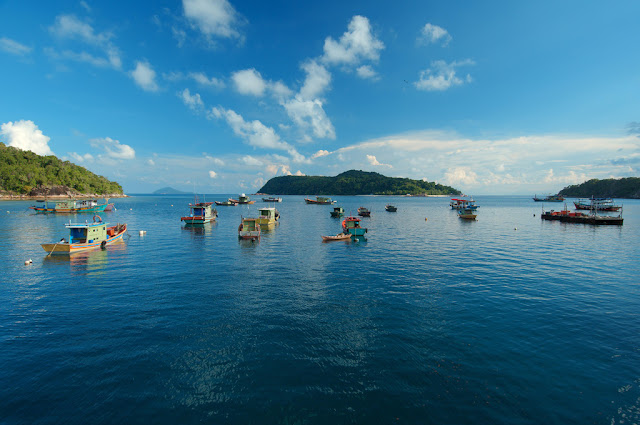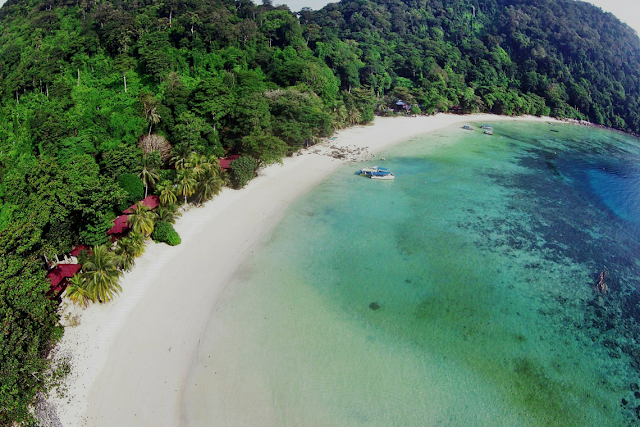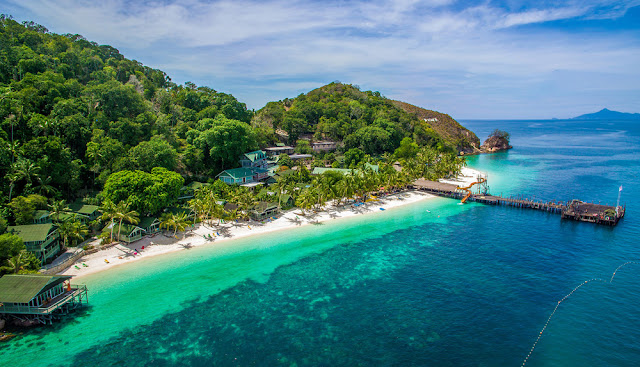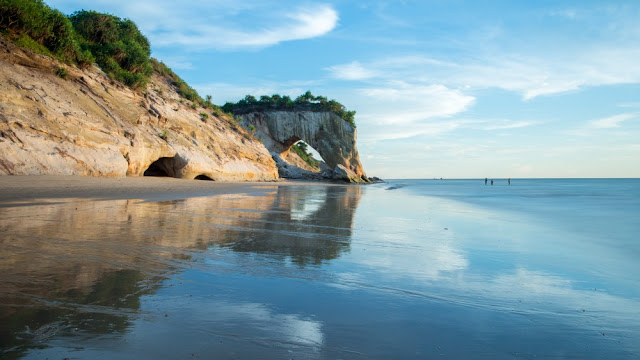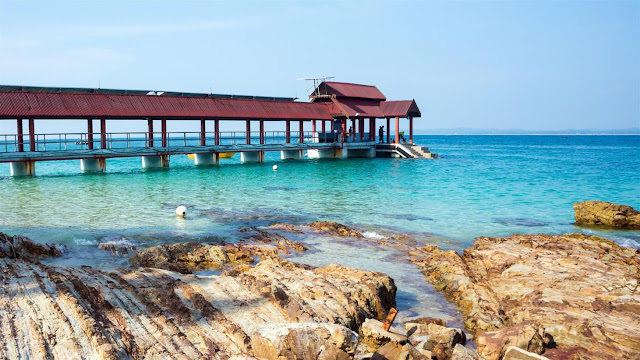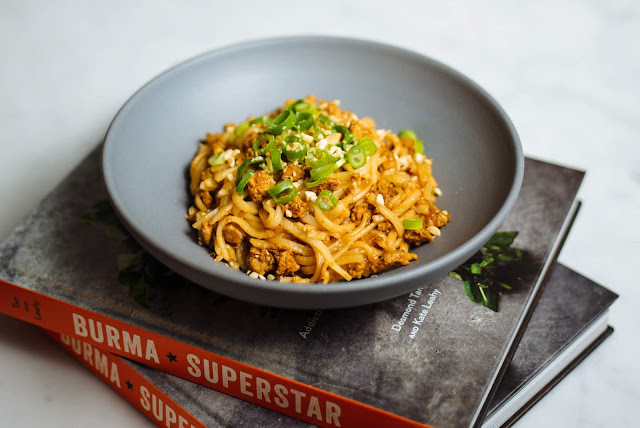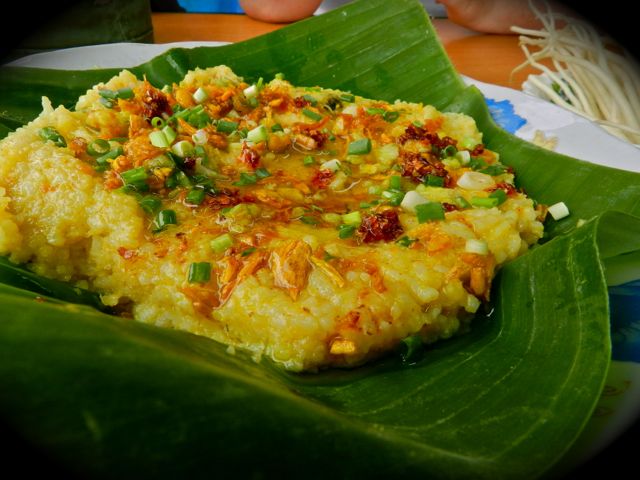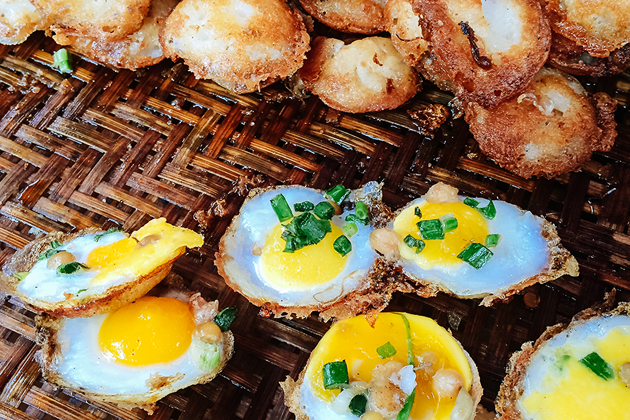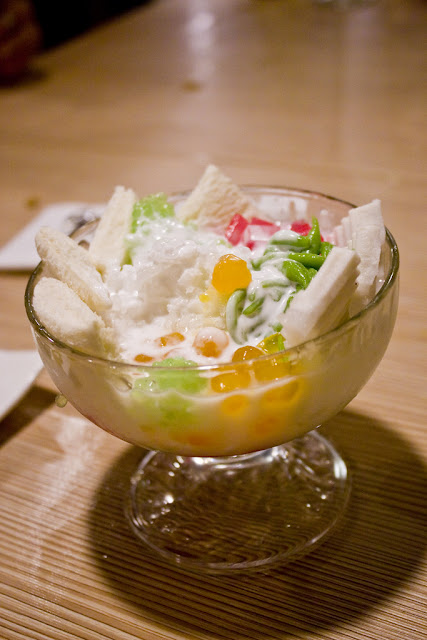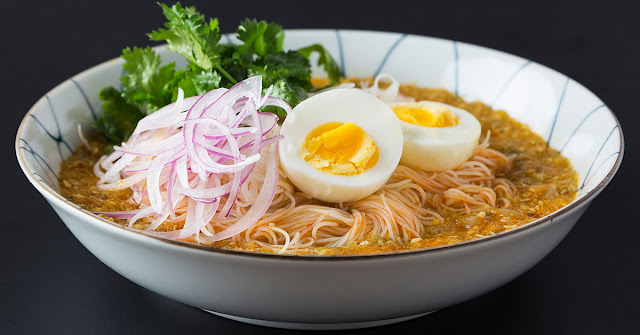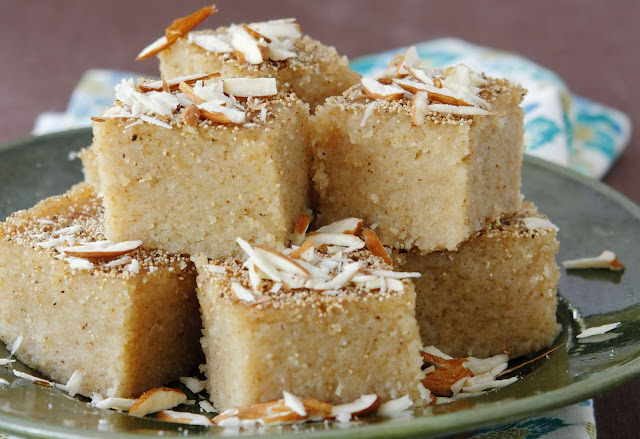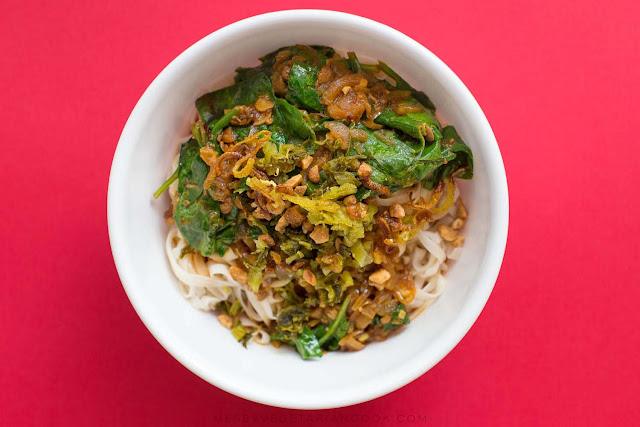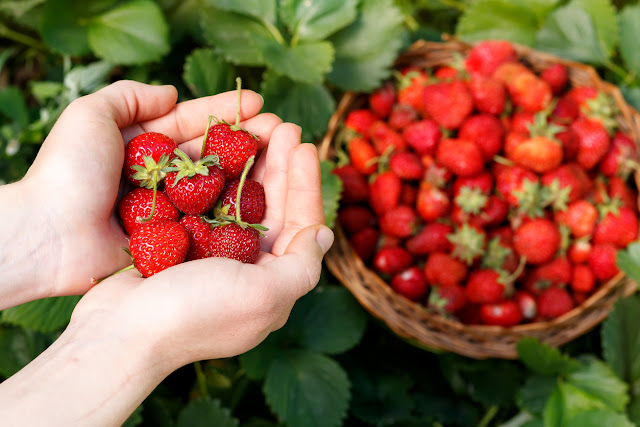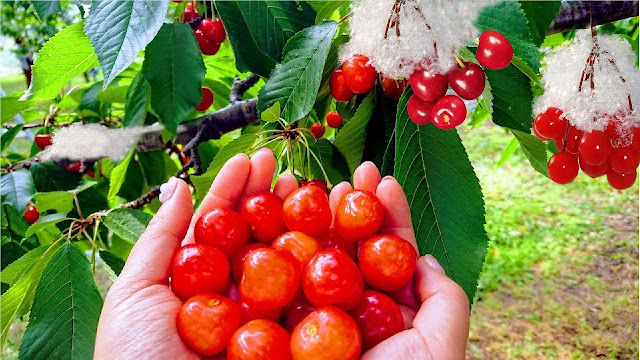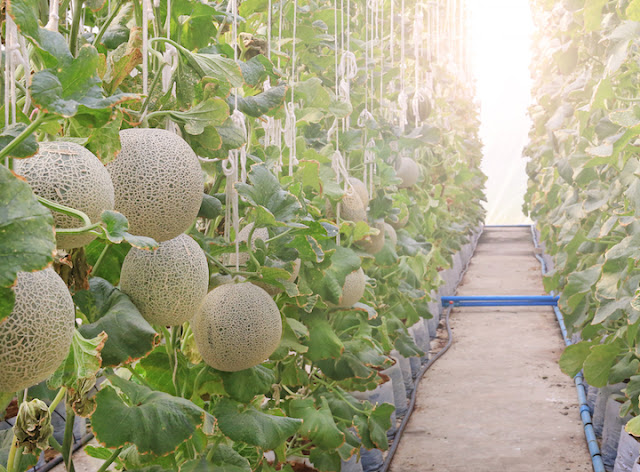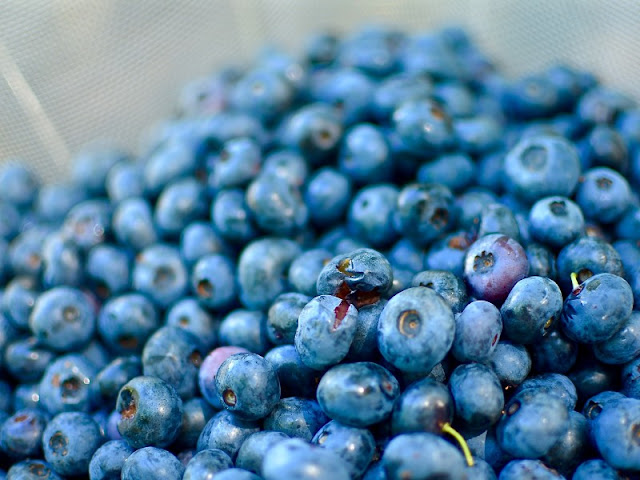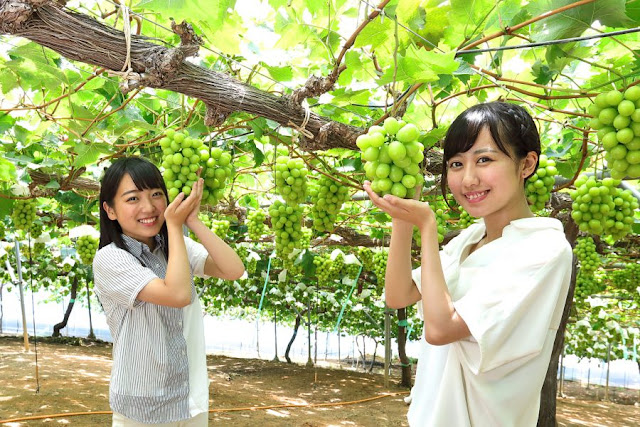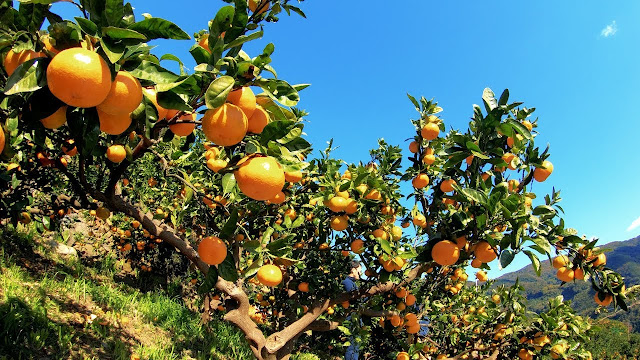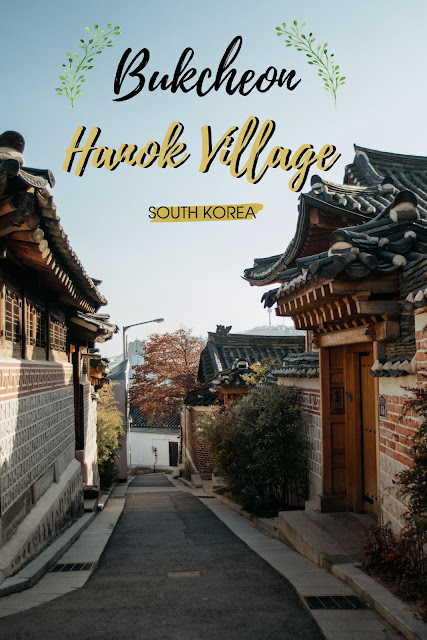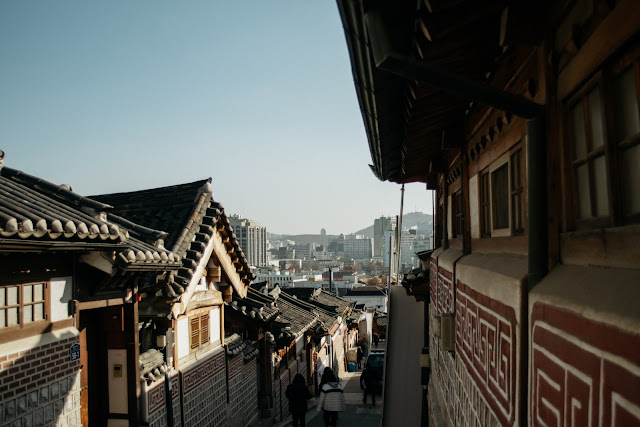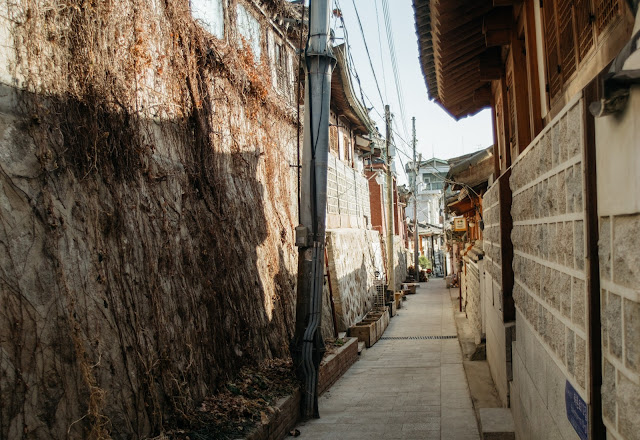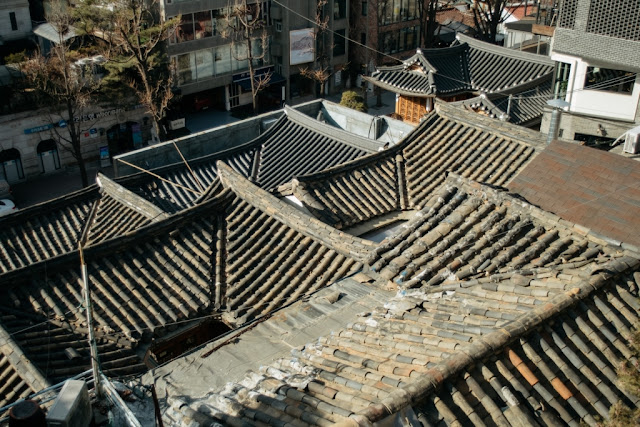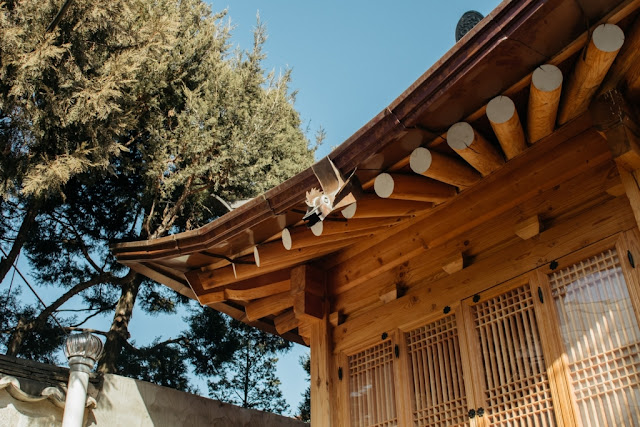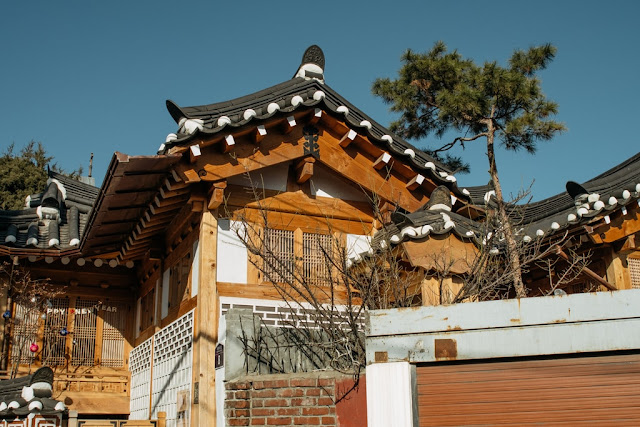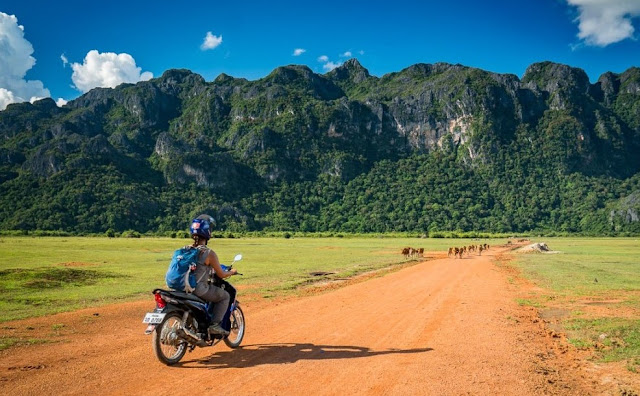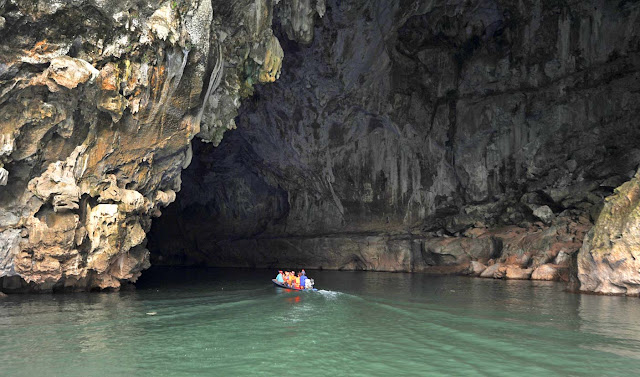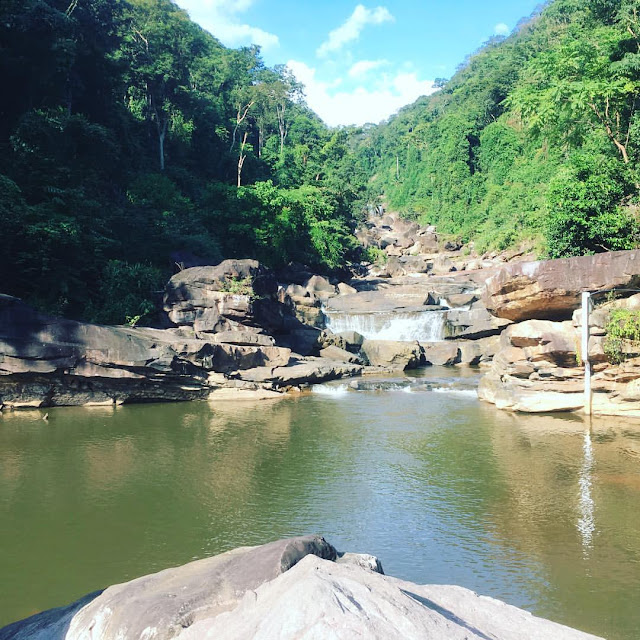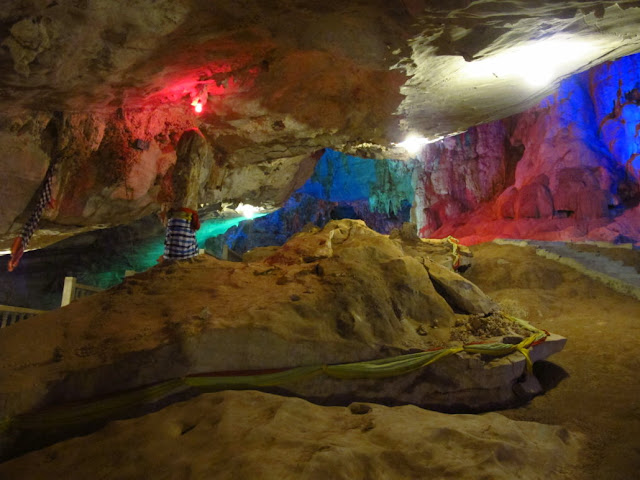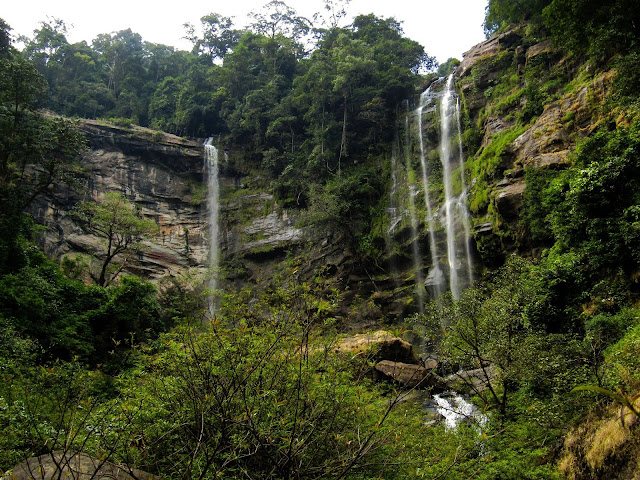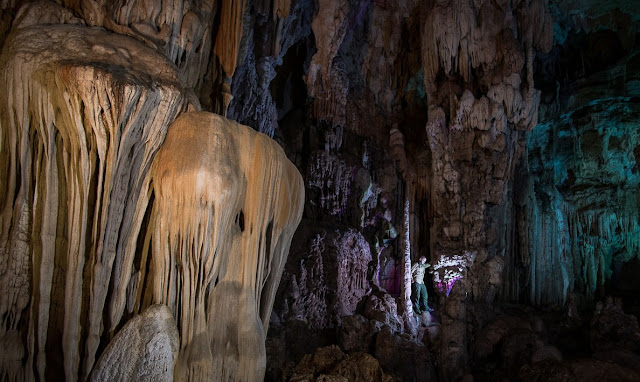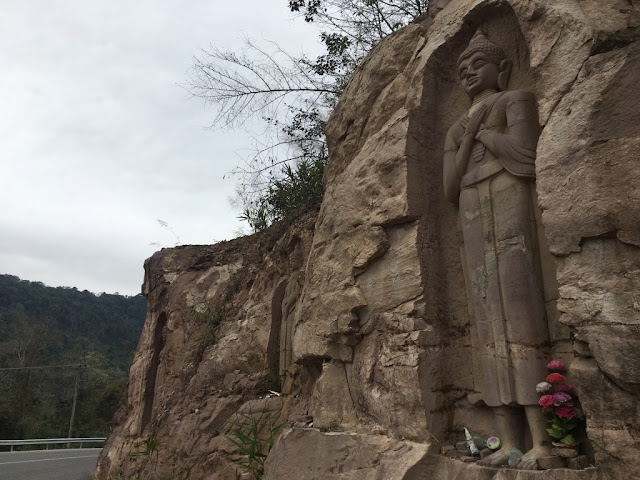Marvel at the ancient temples and monasteries
Bagan is the perfect place to hop on a bike and explore, flying through the dusty dirt roads to view, climb and walk around endless temples. Now people can rent a horse-drawn carriage or e-bikes to zip along quicker.Let your curiosity take over and witness most temples without a tourist in sight; gaze at the wild temple dogs that seem to have the wisdom of a thousand years as they guard the ancient edifices with little movement. Admire the crumbling dark stairwells, thousand-year-old peeling paintings, and grand Buddhas greeting you inside each marvelous architectural feat.
People are fantastic
Those temples may not be perfectly authentic, but the people, the people truly are authentic. This goes for all of Myanmar and Bagan is no exception: without fail, the people are polite, pleasant and as helpful as they can be. Unlike in many countries and regions with an established or growing reliance on tourist trade, you will never feel harassed or pressured. Even the hawkers and beggars are relatively polite and quick to leave you alone once you have made it clear you are not interested.Learn about a preserved culture
After you watch the sunrise at a temple of your choice, bike over to Old Bagan near the Bu Paya where you can watch the hustle and bustle of the locals and monks. At this hour, watch as the procession of monks come to accept alms from the locals. Bike to one of the many villages like Min-nan Thu Village or Thuhtaykan Village to learn their special crafts and how the Burmese survive off the land.Savor new foods
Unlike fragrant Thai food, Burmese food is Asian cuisine fused from Southeast Asian, Chinese and Indian influences. There are many delicious snacks of pickled tea leaves, sesame seeds, peanuts, and fried garlic chips. You can have tasty candy treats made from coconuts, palm and peanut oil, and sugarcane.The sunrises are stunning
It is an absolute must, one morning, get up before dawn, climb onto your scooter, and head out for the best vantage point to catch the sunrise over the Bagan Archeological Zone. Your hotel can likely provide you with a map of the Zone and favored sunrise viewing points. Many of these will be atop an actual temple. The other option is to leave extra early and cruise around as aimlessly as possible.See more: The best places to catch sunset in Bagan, Myanmar
Feel like an explorer
Although tourists are slowly coming to a land that was cut off for so long due to an oppressive military junta, there are still far less tourists than you would expect at other major world attractions like Angkor Wat and Machu Picchu. If you desire to travel to an untouched land with a fascinating culture still intact, you should go now, because this nation is on the cusp of great change.
Source Internet







